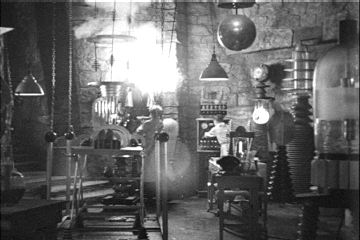

int, double, etc.val num = 3.14 val fun = math.ceil _ fun(num) // prints 4
(x : Int) => x * x
3.14
val square = (x : Int) => x * x square(10) // prints 100
val pi = 3.14 pi * 10 // prints 31.4
val numbers = List(1, 2, 3, 4, 5, 6, 7, 8, 9, 10)
numbers.map((x : Int) => x * x)
// Yields a new List(1, 4, 9, 16, 25, 36, 49, 64, 81, 100)
map function in Java that does the same?public static <T> List<R> map(List<T> values, Transformer<T, R> f)
Int, Double, Boolean, String+ - * / %val luckyNumber = 13 // luckyNumber is an Int
val square = (x : Int) => x * x // square is an Int => Int
val x = 1 val y = 2 + // end line with operator to indicate that there is more to come 3
42.toHexString
()"Hello".toUpper doesn't change "Hello" but returns a new string "HELLO"val are immutable
val num = 3.14 num = 1.42 // Error
if (booleanExpression) expression1 else expression2
val x = (if (true) 2 else 4) * 3
? : in Javaval x = if (true) 3 else "Hello" // type is AnyVal
else yields type Unit (like void in Java); not useful in functional programmingdef syntax for functions
def triple(x : Int) = 3 * x // same as val triple = (x : Int) => 3 * x
def fac(x : Int) : Int = if (x == 0) 1 else x * fac(x - 1)
def because the name is used on the right
val fac = (x : Int) => if (x == 0) 1 else x * fac(x - 1) // fac not defined yet
while, for) can always be expressed as recursion

lab1/report.txt inside the Git repo. Include the coder's name in the report!lab1 and click Finish. Right-click on the project in the Package Explorer, then select New -> Scala worksheet. Call it sheet1.39+3 and save the worksheet. What do you get?val a = 39 + 3. What do you get?a + 1. What do you get? a = 9. What do you get? Why?val b; (This time with a semicolon.) What do you get? Why?val triple = (x : Int) => 3 * x. What do you get? triple(5). What do you get?
HINT: These “What do you get” exercises are a lot more effective when you and your buddy first discuss what you think you'll get. “Form a hypothesis” is an essential part of the learning path.
triple. What do you get?triple in Scala?5 in Scala?List(1, 2, 3, 4, 5, 6, 7, 8, 9, 10). What do you get?List(1, 2, 3, 4, 5, 6, 7, 8, 9, 10).map(triple). What do you get? Why? val or def? Hint: Anonymous function.sevens(n: Int): Int that counts how many digits of n are the digit 7. For example, sevens(747) returns 2. How would you do this in Java (without converting the number to a string)?n is 0, you know the answer. Otherwise, in plain English or pseudocode, how can you compute the answer from n % 10 and sevens(n / 10)?